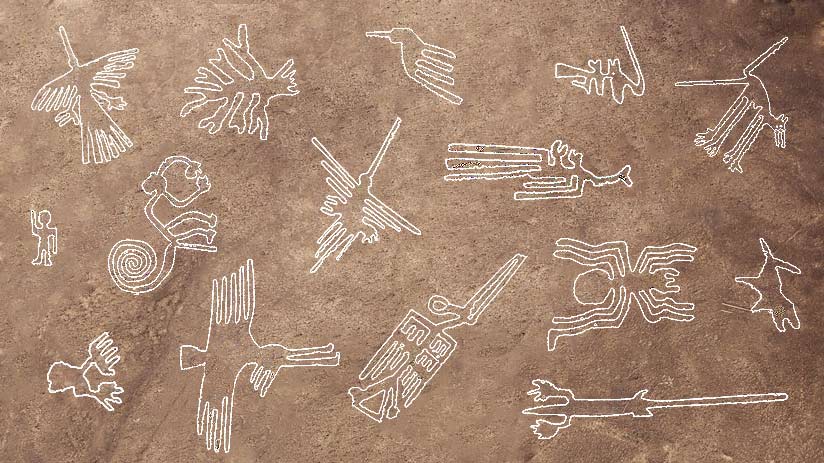Exploring the Mysterious Nazca Lines of Peru
 |
The Nazca Lines are a series of ancient geoglyphs located in the Nazca Desert of southern Peru. These mysterious lines and shapes were created by the Nazca people over 2,000 years ago and have puzzled archaeologists and historians for generations.
The Nazca Lines were created between 500 BC and 500 AD and were rediscovered in the 1920s by Peruvian archaeologist Toribio Mejia Xesspe. The geoglyphs are made up of over 800 straight lines, 300 geometric shapes, and 70 animal and plant designs. The largest of these designs is over 200 meters long.
The purpose of the Nazca Lines is still a mystery. Some theories suggest that they were created as a form of irrigation, while others believe that they were used for astronomical purposes. One of the most popular theories is that the Nazca people created the lines as a way to communicate with the gods.
The Nazca Lines can only be seen from the air, which has led to speculation about how the Nazca people were able to create such intricate designs without the help of modern technology. Some theories suggest that they used hot air balloons or kites to create the lines, while others believe that they had a sophisticated understanding of mathematics and geometry.
The Nazca Lines are a UNESCO World Heritage Site and are protected by the Peruvian government. However, the lines are still at risk of damage from human activity, including tourism and mining. There have been efforts to preserve the lines, including the construction of viewing towers and the creation of restricted zones.
The Nazca Lines are a fascinating and mysterious part of human history that continue to intrigue and inspire people all over the world. While there is still much we don't know about the Nazca people and their culture, the Nazca Lines remain a testament to their ingenuity and creativity. If you ever have the chance to visit Peru, be sure to take a flight over the Nazca Desert and see these incredible geoglyphs for yourself.
